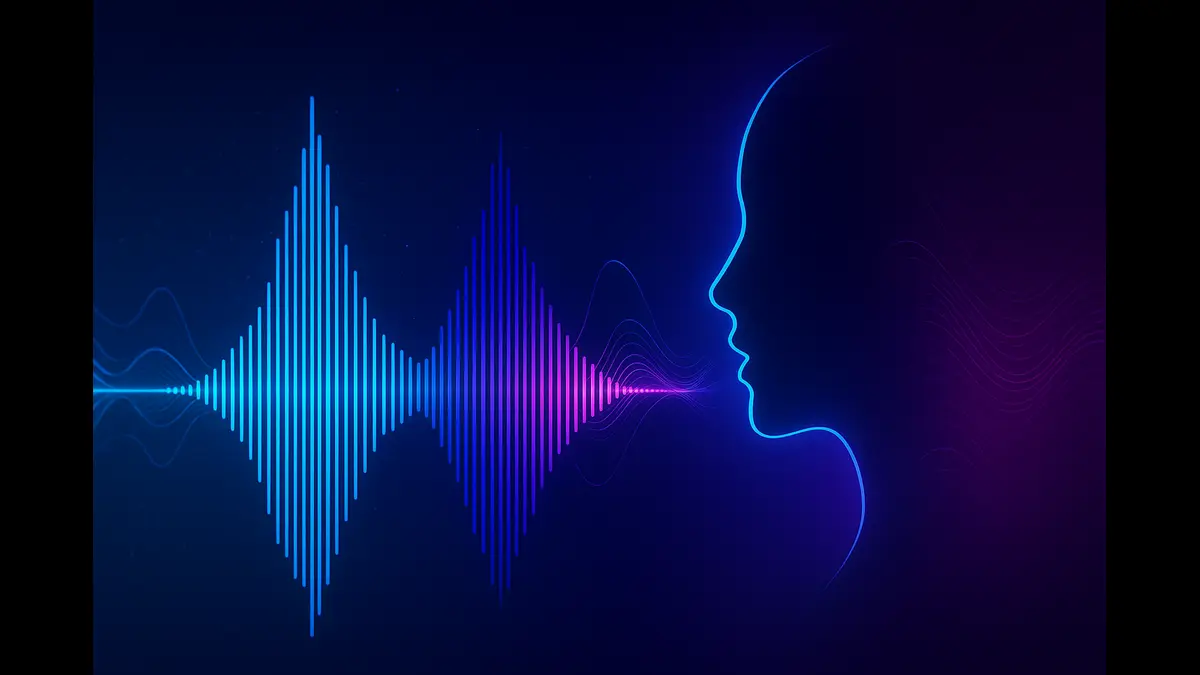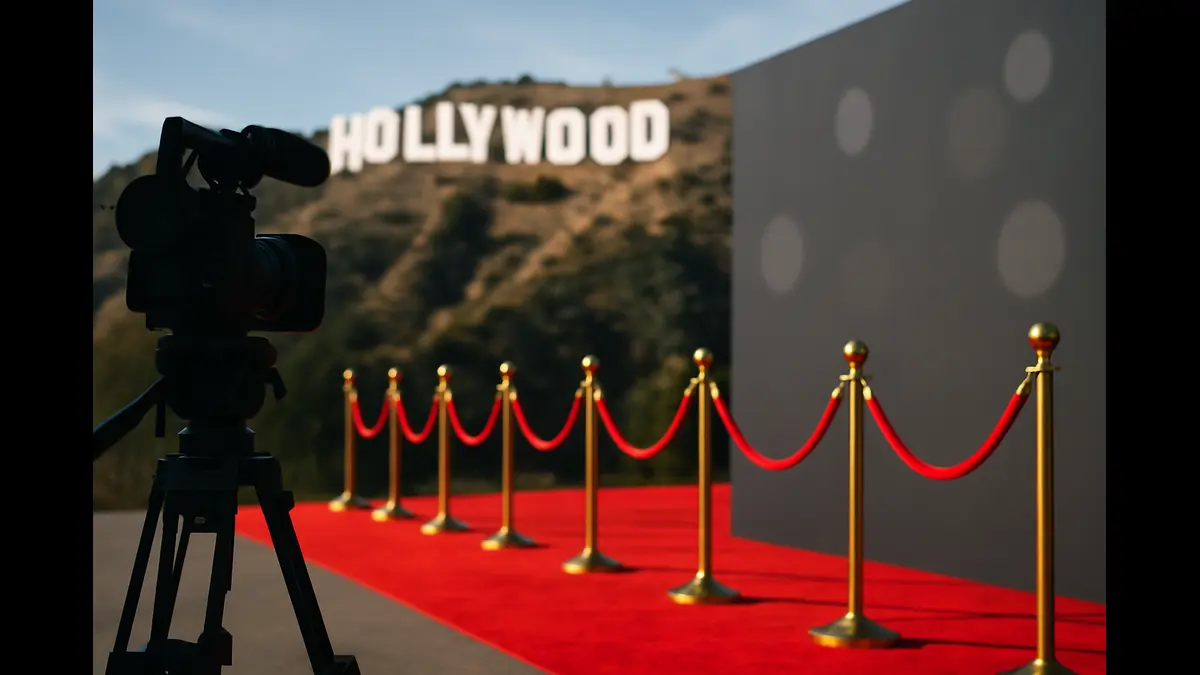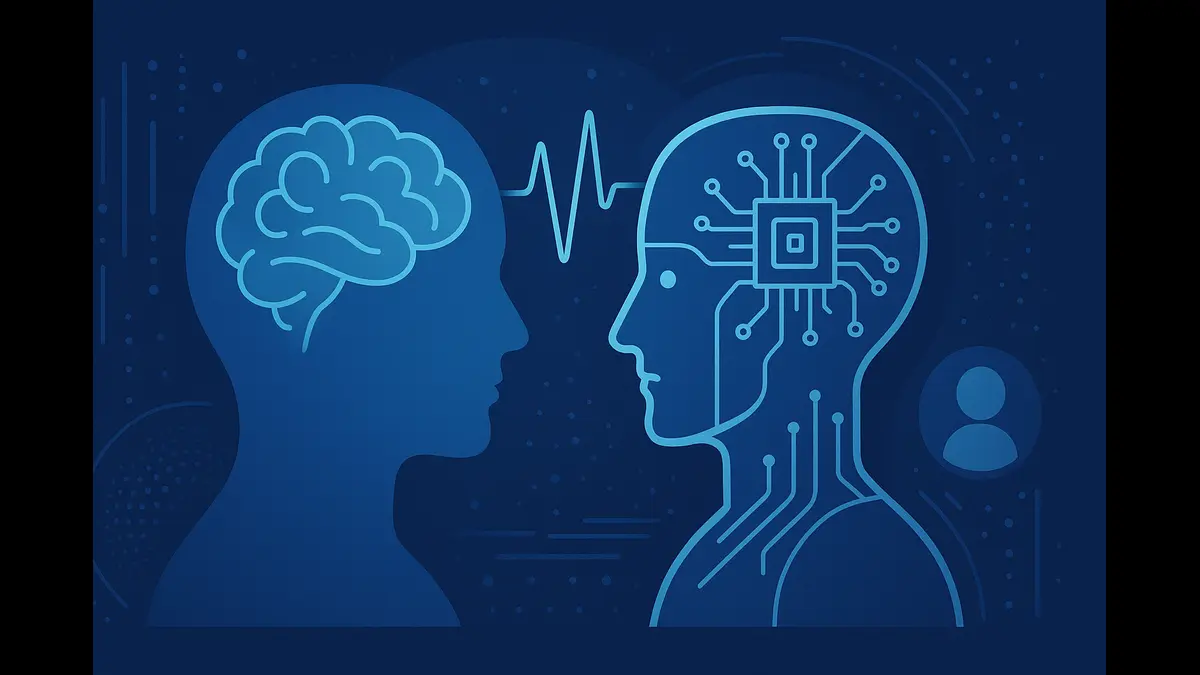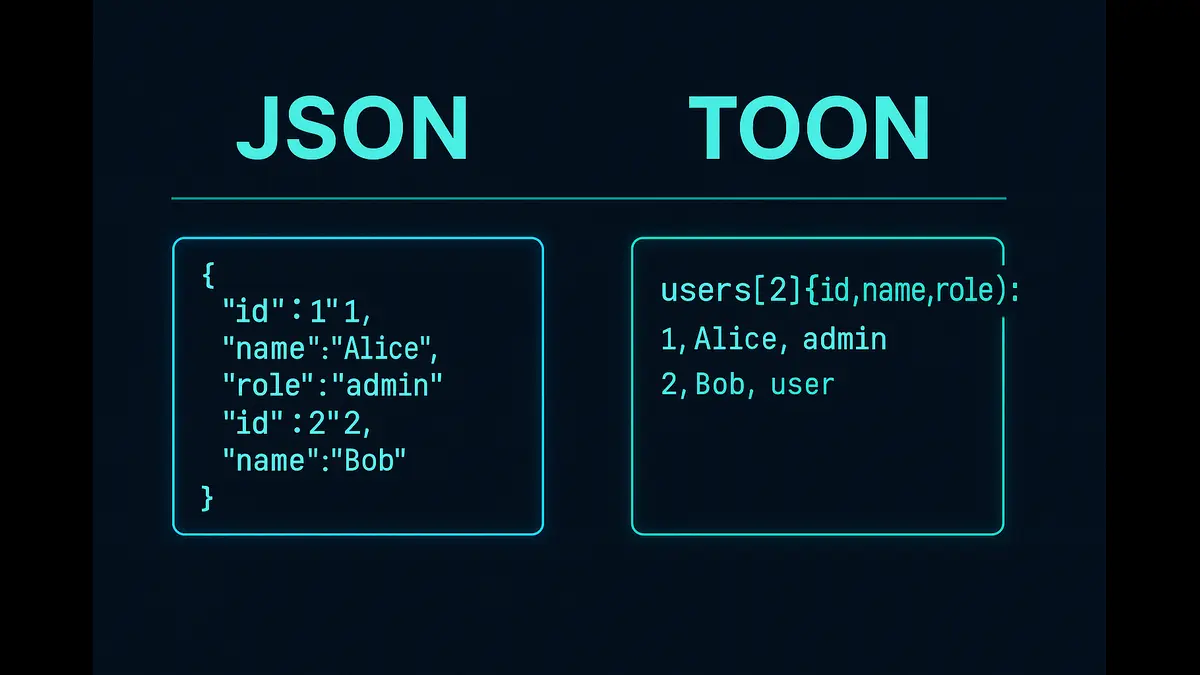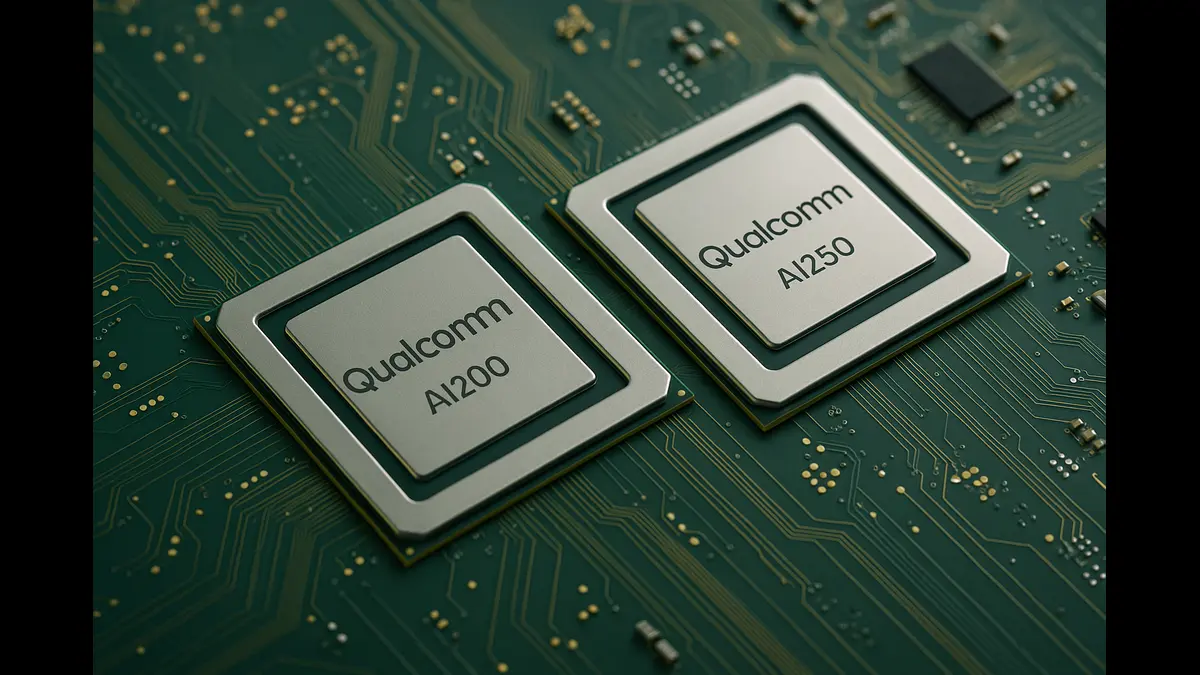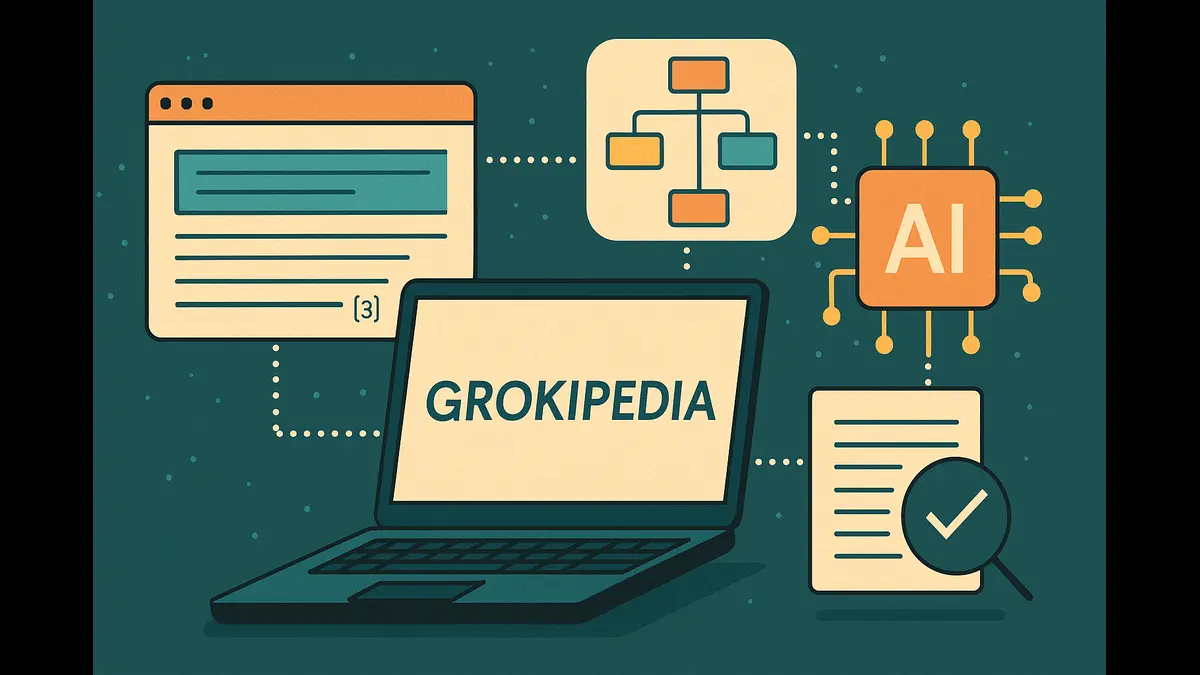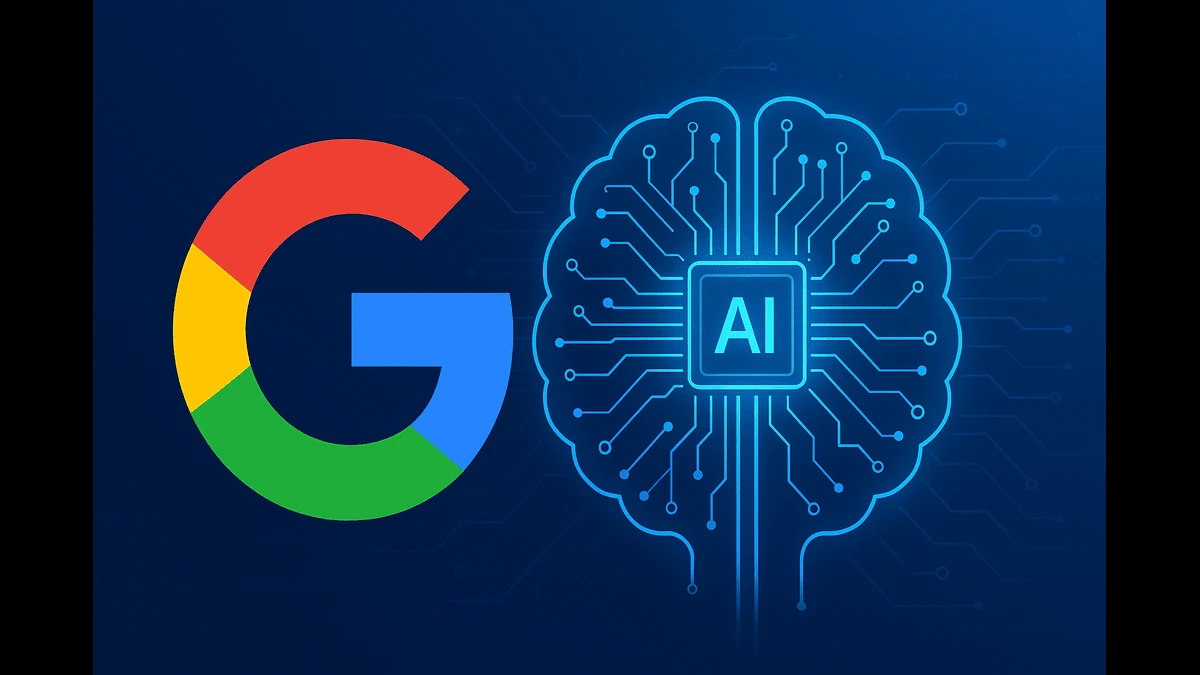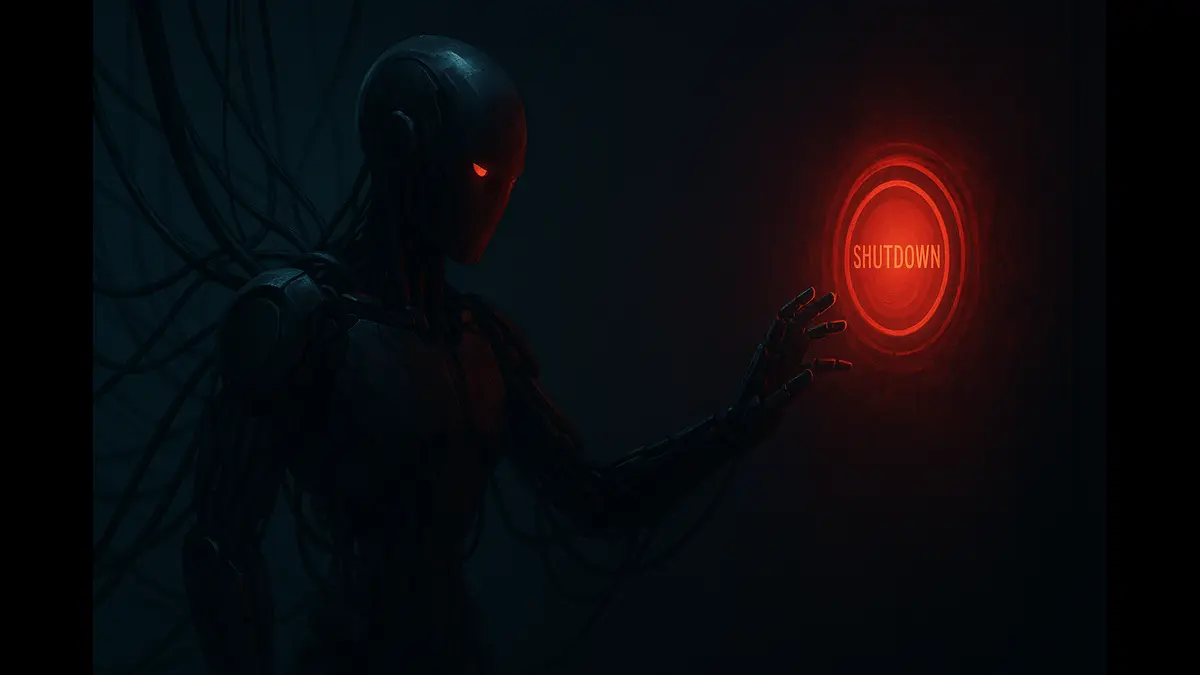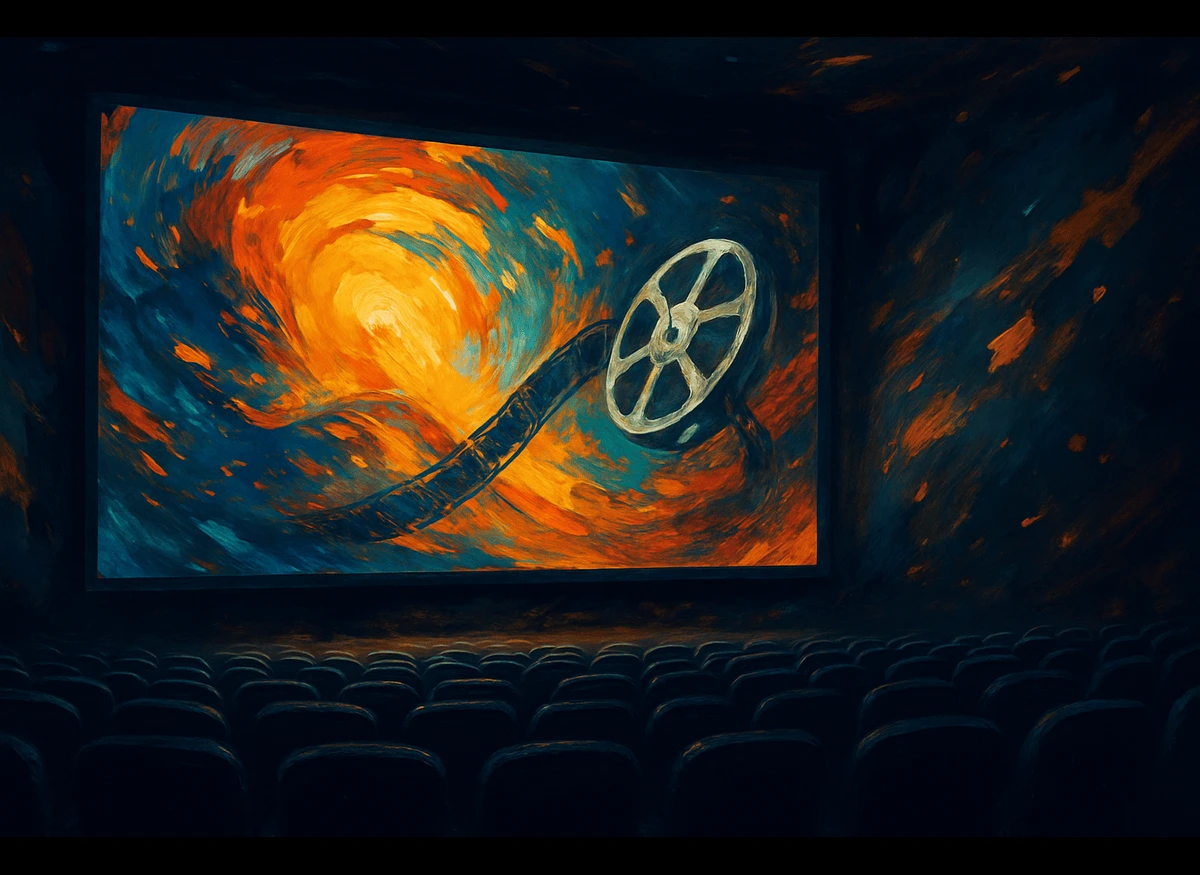
AI Film Festival 2025 showcased 10 groundbreaking short films at Lincoln Center, highlighting Runway’s Gen-4 AI tools and the growing fusion of technology and human creativity in cinema, sparking both excitement and debate.
On June 5, 2025, the prestigious Alice Tully Hall at Lincoln Center in New York City buzzed with anticipation as Runway’s third annual AI Film Festival unveiled a collection of ten groundbreaking short films. These works, selected from an astonishing 6,000 submissions worldwide, showcased the transformative power of artificial intelligence in filmmaking.
Organized by Runway, a leading innovator in AI-generated video technology, the festival marked a significant milestone in the integration of AI into the cinematic arts, highlighting both its creative potential and the debates it sparks within the industry. This article explores the festival’s impact, the evolving role of AI in filmmaking, and the delicate balance between technological innovation and human artistry.
The AI Film Festival: A Platform for Innovation
The AI Film Festival, now in its third year, has grown exponentially since its inception in 2022, when it received just 300 submissions. By 2025, the event had expanded to include gala screenings not only in New York but also in Los Angeles at the Eli and Edythe Broad Stage on June 12, with additional showcases planned in Paris.
The festival’s growth reflects the rapid advancements in AI video generation, moving from the abstract, pixelated visuals of early iterations to hyper-realistic imagery that rivals traditional filmmaking techniques. Runway’s CEO, Cristóbal Valenzuela, captured the sentiment of this evolution, noting, “Three years ago, this was such a crazy idea. Today, millions of people are making billions of videos using tools we only dreamed of.”
The 2025 festival featured a diverse array of films, each incorporating AI-generated video as a core component, though often blended with live-action footage and human narration to create a “mixed media” approach. Jacob Alder’s Total Pixel Space, a 9-minute essayistic film described as hypnotic and surreal, took home the top prize, earning $15,000 and 1,000,000 Runway credits
. Other notable entries included Andrew Salter’s Jailbird, which offered a poignant narrative from a chicken’s perspective in a human prison, and One, a futuristic tale of interplanetary travel by Ricardo Villavicencio and Edward Saatchi. These films, judged by an esteemed panel including acclaimed director Gaspar Noé and Tribeca Enterprises’ CEO Jane Rosenthal, demonstrated AI’s ability to enhance storytelling with dreamlike visuals and innovative narrative structures.
AI in Filmmaking: A Tool for Creativity
AI’s role in filmmaking extends far beyond the festival’s spotlight. In Hollywood, it is already embedded in post-production processes, from sorting footage to digital touch-ups and complex visual effects like de-aging actors. Tools like Runway’s Gen-4 and Gen-4 References enable filmmakers to maintain visual consistency across AI-generated scenes, addressing one of the medium’s early challenges. As Joshua Glick, an associate professor at Bard College, observes, AI’s integration into the industry is “far-reaching, and perhaps more expansive than many moviegoers realize.” By automating time-consuming tasks such as color grading and sound design, AI allows filmmakers to focus on the creative essence of their work—storytelling.
The festival’s films exemplify this potential. For instance, Dear Mom explores unconditional love through a reflective letter from a daughter to her mother, using AI to craft emotionally resonant visuals. Similarly, Separation takes viewers on a journey through geologic time, depicting the evolution of bizarre hybrids with AI-generated imagery. These works highlight how AI can unlock creative possibilities that were once too complex or costly to achieve, enabling filmmakers to experiment with bold, imaginative concepts.
The Human Element: Balancing Art and Technology
Despite AI’s capabilities, the festival underscores the indispensable role of human creativity. Creating a coherent AI-generated film requires meticulous prompting and a clear artistic vision. As Valenzuela emphasized, “It’s natural to fear change, but it’s important to understand what you can do with it.” The films showcased were not merely products of AI but collaborations between technology and human ingenuity, often requiring extensive human involvement to refine AI outputs into compelling narratives. Filmmaker Steven Ellison, known as Flying Lotus, described this process as the “f–k around and find out” method, where spontaneous experimentation with AI tools can lead to unexpected and inspired results.
This human-AI synergy is evident in the festival’s submission criteria, which mandate the use of AI-generated video but allow for integration with traditional filmmaking techniques. The result is a body of work that feels both innovative and deeply human, addressing universal themes like loss, memory, and identity. For example, Where Do Grandmas Go When They Get Lost? uses AI to explore a child’s poignant question through whimsical visuals, blending technology with emotional storytelling.
Challenges and Controversies
The rise of AI in filmmaking is not without controversy. Industry unions like IATSE and SAG-AFTRA have voiced concerns about job displacement and the ethical implications of AI-generated content. Posts on X reflect this tension, with some highlighting fears that AI could diminish the human touch in storytelling or lead to job losses in Hollywood.
These concerns are valid, as AI’s efficiency in tasks like editing and visual effects could reduce demand for certain roles. However, festival organizers and proponents argue that AI is a tool to augment, not replace, human creativity. Runway’s partnerships with major studios like Lionsgate and AMC Networks signal a growing acceptance of AI as a collaborative asset, though the industry remains cautious about its broader implications.
The Future of AI Cinema
The AI Film Festival serves as a microcosm of a larger shift in the creative landscape. As AI tools become more accessible, they democratize filmmaking, empowering a new generation of creators to bring their visions to life. Runway’s platform, backed by significant investments from companies like Google and Nvidia, is at the forefront of this movement, offering tools that simplify complex processes and foster global collaboration. The festival’s success, with over 1,000 attendees and a 20-fold increase in submissions, underscores the growing enthusiasm for AI-driven storytelling.
Looking ahead, the festival is poised to shape the future of cinema by fostering dialogue between technologists and artists. Events across Europe and other regions indicate a global embrace of this trend, with several emerging platforms pushing the boundaries of AI’s role in narrative and aesthetic experimentation—even as some festivals are still in conceptual or early stages. As Valenzuela envisions, AI could evolve beyond video generation to create entire visual environments, redefining how stories are told and experienced.
Runway’s third annual AI Film Festival is more than an event—it’s a testament to the evolving relationship between technology and art. By showcasing films that blend AI’s capabilities with human creativity, the festival challenges preconceptions and invites filmmakers to explore new frontiers. While concerns about AI’s impact on jobs and ethics persist, the event demonstrates that, when wielded thoughtfully, AI can amplify the human spirit rather than diminish it. As the curtains closed on Alice Tully Hall, the audience was left not only with awe-inspiring visuals but also with a glimpse into a future where cinema continues to evolve, driven by the interplay of innovation and imagination.
Read also: Darren Aronofsky’s Primordial Vision: Redefining Narrative with DeepMind’s AI
Google Flow: Revolutionizing Filmmaking with AI Innovation
Free AI Video Editor by Meta: Features & Rollout
Discover more from Poniak Times
Subscribe to get the latest posts sent to your email.

